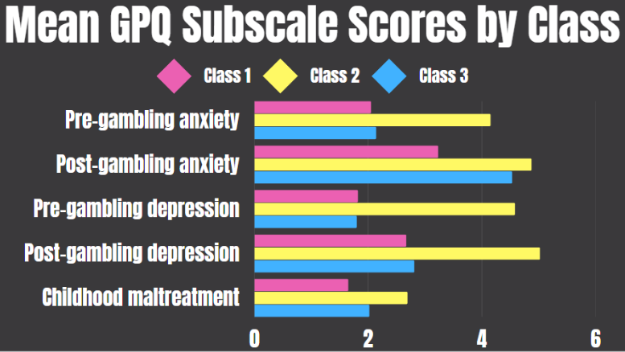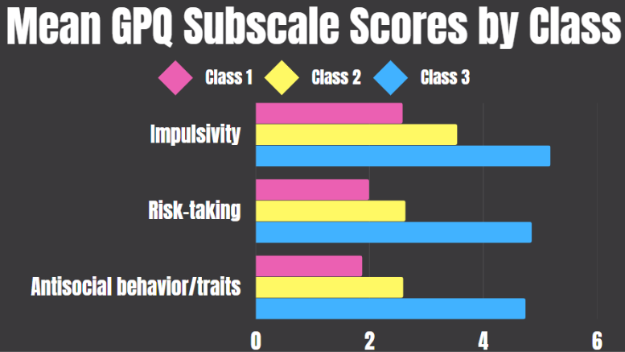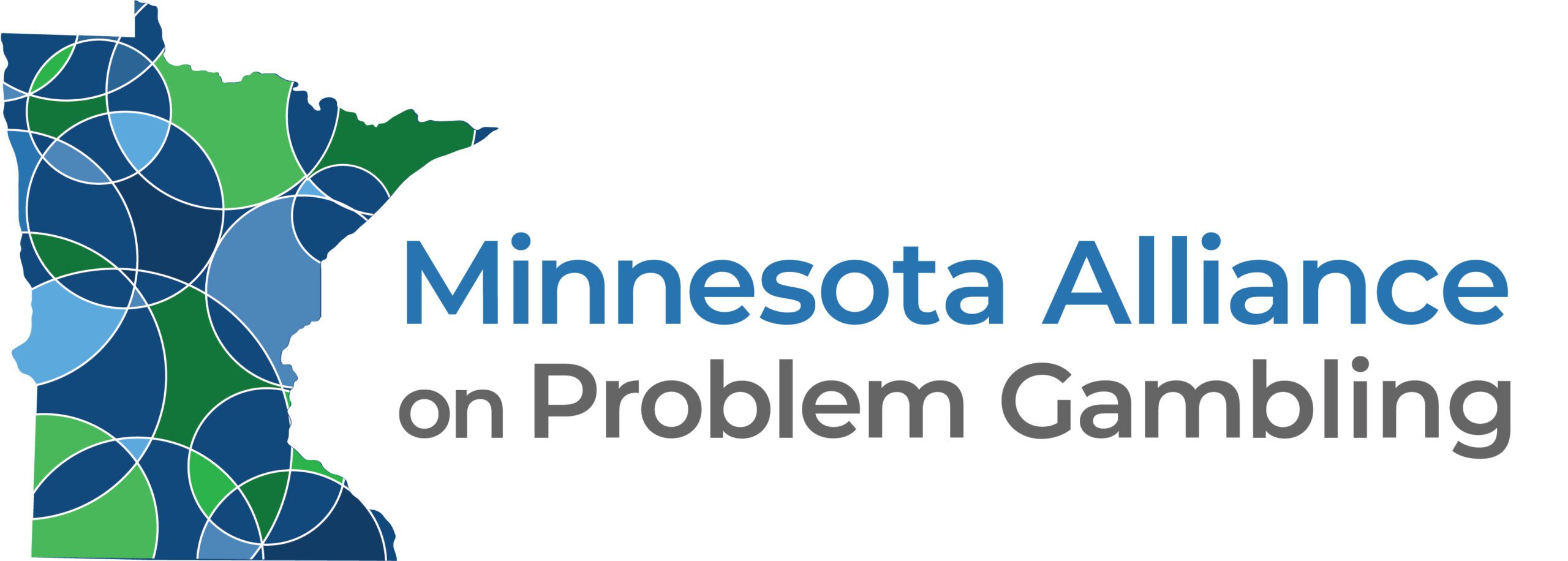Read the original article on The Basis HERE.
Editor’s Note: Today’s review is part of our month-long Special Series on Pathways to Addiction. Throughout March, The BASIS is highlighting risk factors for and pathways to addiction.
The development of the pathways model of problem and pathological gambling in 2002 was an important step towards recognizing the heterogeneity of individuals who face gambling-related harms. The model identified distinct subgroups of people experiencing problem or pathological gambling based on a variety of social, biological, and environmental risk factors. The authors, Alex Blaszczynski and Lia Nower, identified three distinct subtypes of individuals experiencing gambling problems: (1) those who were behaviorally conditioned, (2) those with pre-existing emotional vulnerabilities (e.g., anxiety, depression), and (3) those who reported frequent impulsive and/or antisocial behavior. This week, as a part of our Special Series on Pathways to Addiction, The WAGER reviews a study by Lia Nower and colleagues that updated and revised the original pathways model.
What were the research questions?
Does the pathways model of problem and pathological gambling require revision? What revisions or additions should be made to the pathways model?
What did the researchers do?
The researchers surveyed 1,168 individuals with moderate to severe gambling problems seeking treatment across the United States, Canada, and Australia. Participants completed the Problem Gambling Severity Index (PGSI) and the Gambling Pathways Questionnaire (GPQ). The PGSI is a well-regarded and frequently used research instrument to measure the presence and severity of an individual’s gambling problems. On the other hand, the GPQ is an instrument designed to categorize individuals experiencing problem gambling based on the risk factors that they might have experienced. Using participants’ scores on the 11 subscales of the GPQ, the researchers performed latent class analysis to identify subgroups of individuals experiencing problem gambling.
What did they find?
Similar to the original pathways study, the latent class analysis identified three distinct subgroups. Class 1, the largest class, had the lowest average (i.e., mean) scores on each of the GPQ subscales. Class 2 was characterized by high levels of anxiety and depression, both pre- and post-problem gambling, in addition to a high rate of childhood maltreatment (see Figure 1). Finally, Class 3 comprised individuals who scored high in impulsivity and reported frequent risk-taking and/or antisocial behavior (see Figure 2). In terms of problem gambling severity, Class 2 had the highest average scores, while Class 3 scored only slightly lower. Notably, the research team also found some overlap between classes. For example, Classes 2 and 3 both reported gambling to cope with stress, though only Class 3 reported gambling to find meaning.

Figure 1. Gambling Pathways Questionnaire (GPQ) subscales that differentiate Class 2 from Classes 1 and 3. The total possible range for each GPQ subscale varies and is calculated by summing the responses within each subscale. Click image to enlarge.

Figure 2. Gambling Pathways Questionnaire (GPQ) subscales that differentiate Class 3 from Classes 1 and 2. The total possible range for each GPQ subscale varies and is calculated by summing the responses within each subscale. Click image to enlarge.
Why do these findings matter?
Recognizing the heterogeneity of pathways to problem gambling within this population is important because it allows treatment professionals to focus on the most salient risk factors for gambling problems rather than more tangential issues. For example, impulsivity is considered an important risk factor for Gambling Disorder and some interventions focus on modulating impulsivity. However, because only a subset of participants experienced heightened impulsivity, it is possible that significantly more people who experience gambling problems would instead benefit from safer product design that disrupts the conditioning aspects of gambling, such as mandatory breaks or the use of self-limit features (e.g., limiting time or amount wagered per gambling session).
Every study has limitations. What are the limitations in this study?
This study only included individuals who were seeking treatment for Gambling Disorder, so the findings might not apply to non-treatment seeking individuals experiencing gambling problems. Additionally, the GPQ measures pre-gambling anxiety/depression by asking participants to retrospectively recall their feelings though research suggests these measures are unreliable.

